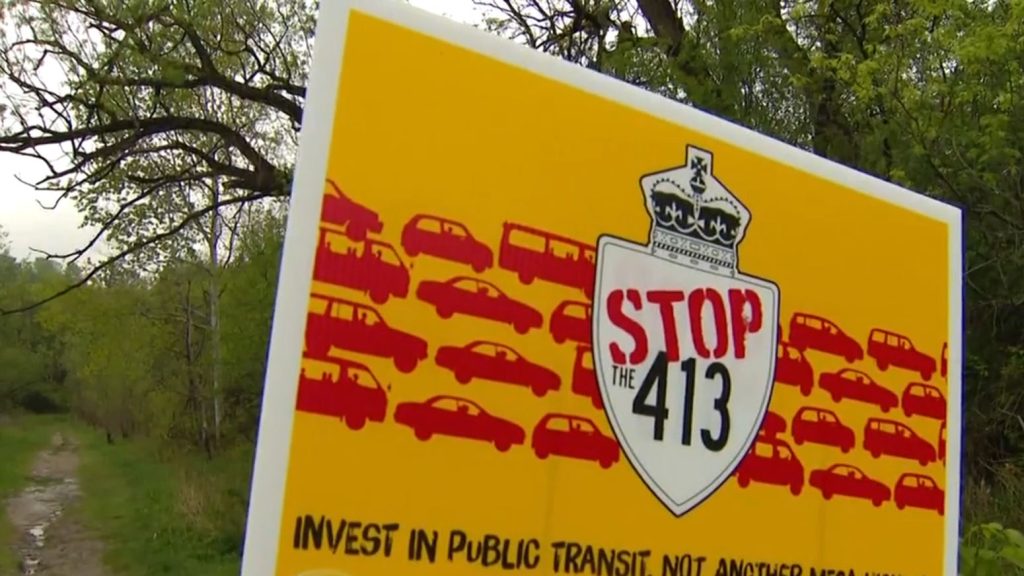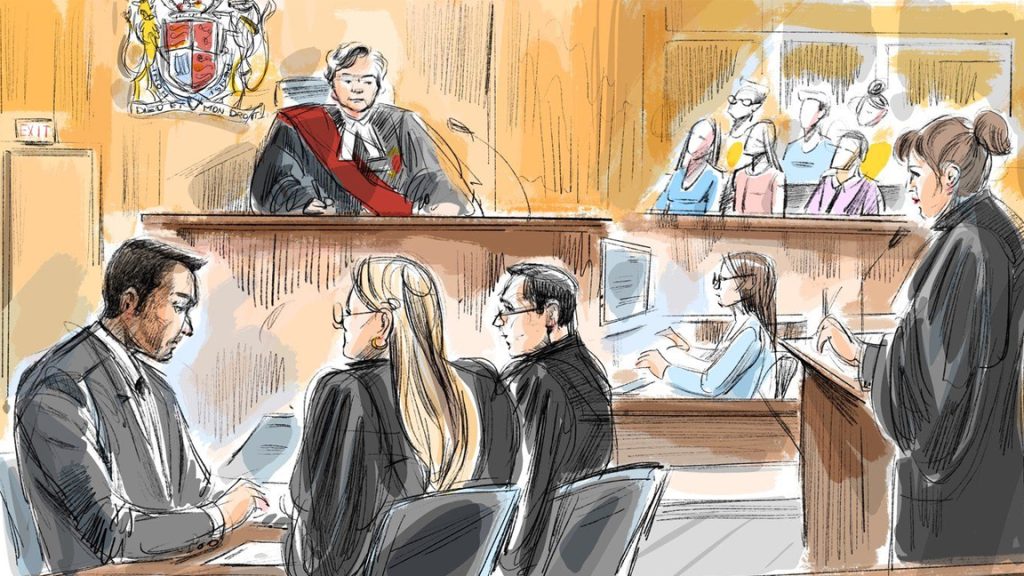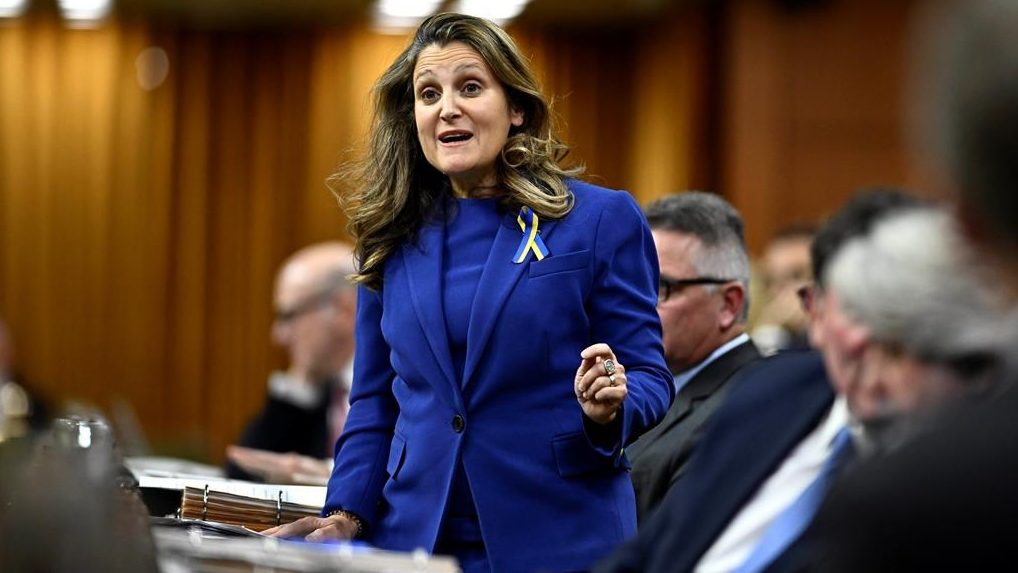Coronavirus public health Q&A with Dr. Vinita Dubey (Oct. 13)
Posted October 11, 2020 7:20 pm.
Last Updated October 18, 2020 1:44 pm.
We know you have questions about the ongoing coronavirus pandemic and we’re working to get you the answers, straight from the most trusted sources.
Toronto’s Associate Medical Officer of Health, Dr. Vinita Dubey, answered your COVID-19 related questions in a LIVE video interview on Tuesday, Oct. 13, on our Facebook page as well as here on our website.
Here are a few questions Dr. Dubey addressed:
(Questions were moderated and have been edited for grammar, punctuation and clarity)
Q: What have we done in the last six months to prevent what we saw earlier in the year from happening again?
A: We’ve taken all of the public health measures we’ve been speaking about. Restrictions were put in place and then we slowly opened the restrictions — you saw we had different phases or stages of opening and now Toronto has gone back into a modified stage two.
What we’re trying to do with what we’ve learned is to prevent people from having that close contact in situations where the virus is likely to spread. Unfortunately, because we’ve had so much activity in our city, it means that we have to dial back some of that because there’s too many cases going around. So I think that’s what we’ve learned on how to go forward. And sometimes we have to take steps back in order to keep moving forward.
Q: Will there be another lockdown?
A: We certainly do not want another lockdown. I can say that with total confidence.
We recognize that lockdowns have a lot of negative effects on a lot of people. It’s not just about COVID, it’s about mental health, it’s about the economy, it’s about people’s livelihood and jobs as well.
So that’s why you can see, we’ve kind of dialed back. We’ve put in a few more restrictions now but are certainly hoping that we don’t have a lockdown.
If we don’t do anything now, the modeling projections show that we could have thousands and thousands and thousands of cases by early spring. If that’s the case, there could be a lockdown, but we’re certainly trying not to do that.
The time to act is now, so putting in a few smaller restrictions now is going to help prevent us from getting the lockdown later on. It’s tough to understand why we are doing this. For gyms and for restaurants to have to go through more restrictions is extremely, extremely difficult, but the hope is that if we do it now, it won’t last for as long and we can carry on.
Q: What was the percentage of positive cases that were asymptomatic and if the percentage was high or we don’t even know what the percentage was, why have we stopped testing them without pleading for more support from the government?
A: It depends on which groups you look at in terms of how many were asymptomatic. So I can give you some examples — we know that children tend to have milder symptoms. Some may be more asymptomatic, but we know that 30% of our current cases in children were asymptomatic.
In terms of testing, asymptomatic testing is still going on. It’s just that it’s defined asymptomatic testing. And what I mean by that is if you were a contact of a case, if someone you know who you were close with got COVID, we will recommend that you get tested, even if you don’t have symptoms. So that would be someone who’s asymptomatic who would be recommended to go for testing. And if they become positive, that would be counted as an asymptomatic case. So what, what we’ve dialed back on is having anyone who decides they want to get tested, to go get tested.
We also saw that some people were going for testing inappropriately. They were going for testing and thinking, ‘Okay, I’m negative. Now I can’t go to this party or I can go away to the cottage.’ And that certainly is not a good use of testing resources. So now, it’s about trying to really test those who are asymptomatic, who are more likely to be positive and then you’re going to pick up more of them.
Q: Can you test negative multiple times and still have COVID-19?
A: Anything is possible. I think part of it depends on what test you’re using. Also, how likely is it that you have COVID? When did your symptoms start? Do you have symptoms? Were you exposed to anyone?
If you have very classic symptoms or maybe you lived in a household with someone who had COVID and you continue to test negative, then we would wonder, is that really a true negative?
We rely on viral shedding to be able to detect the virus, to get a positive test, and that can contribute to when you may or may not test positive.
We do see children who get that very severe illness — the multi-system inflammatory condition — when you test them for COVID, they can often be negative. Maybe they had COVID a month ago. And so that’s why, in some situations we rely on something like antibody testing, for example.
Watch the full interview with web writer Dilshad Burman in conversation with Dr. Vinita Dubey in the video above.
Scroll through the questions submitted to this session below.
Note: questions were moderated before appearing in the chat window










